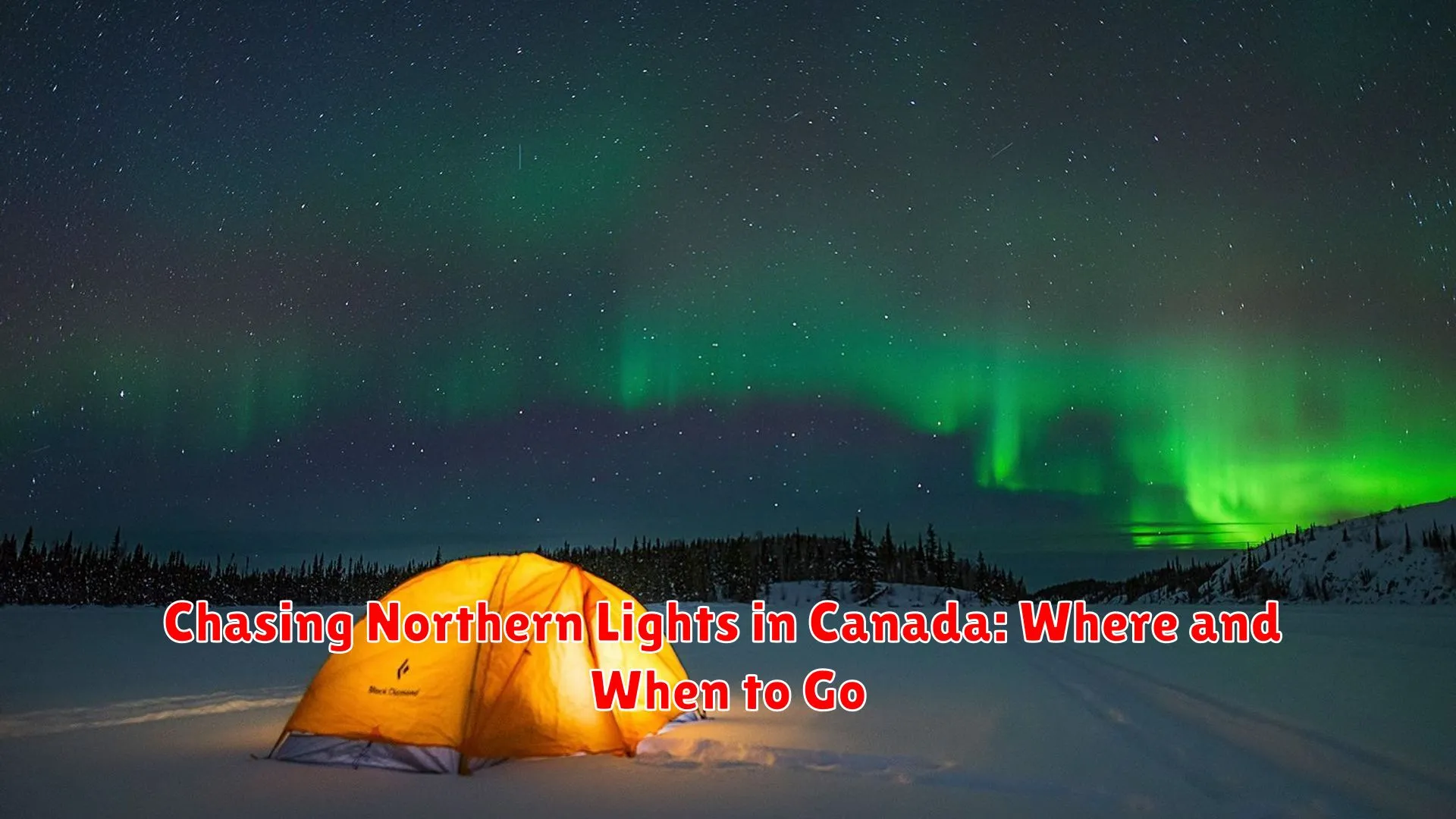Embark on a breathtaking adventure chasing the elusive Northern Lights in Canada, where nature’s most mesmerizing light show unfolds. Discover the best locations and optimal times to witness this magical phenomenon in the Great White North.
The Science Behind the Northern Lights
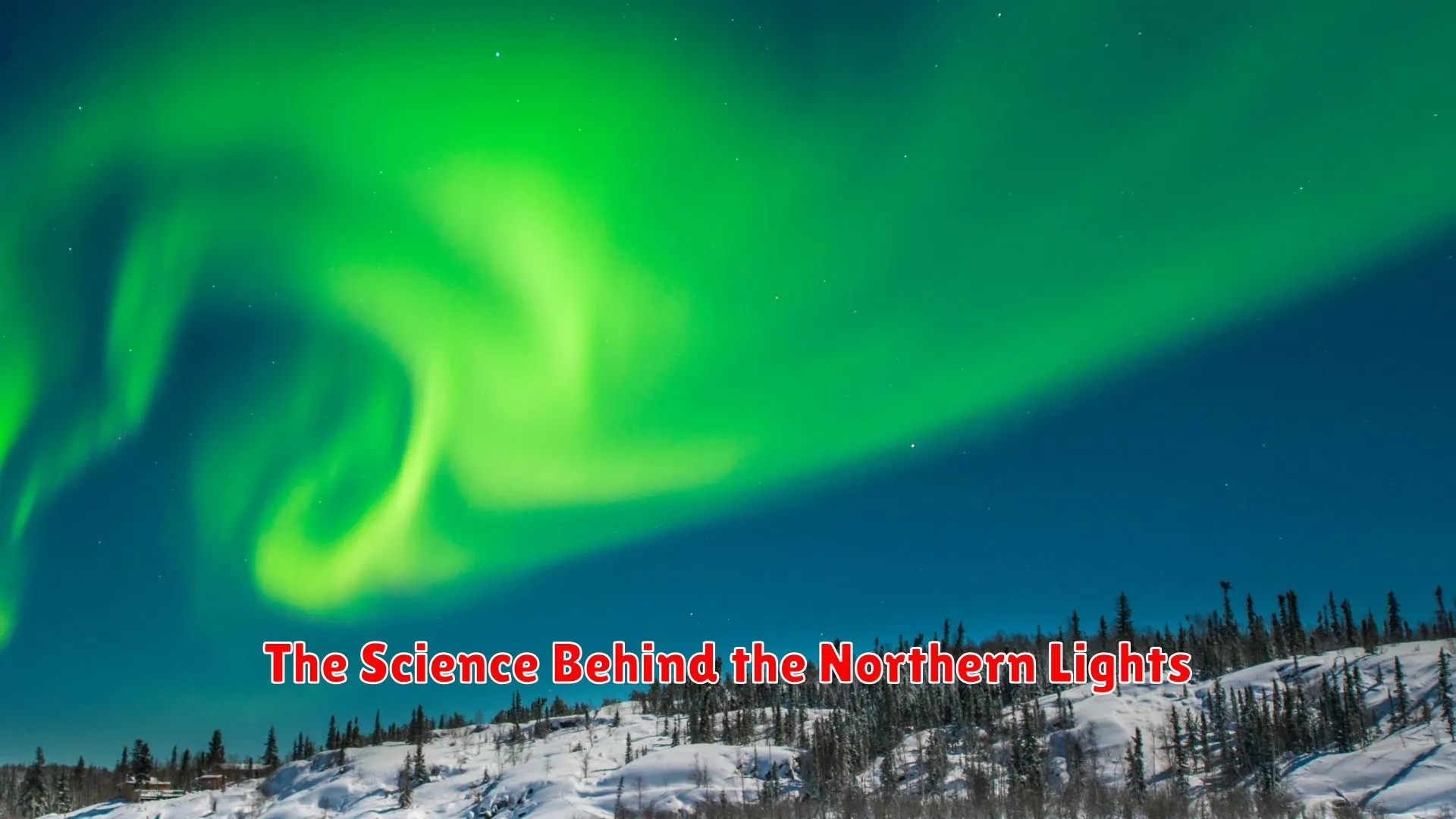
Understanding the mesmerizing phenomenon of the Northern Lights involves delving into the science of geomagnetic activity and solar winds. This dazzling light display, also known as Aurora Borealis, occurs when charged particles from the sun collide with the Earth’s atmosphere.
The process begins with solar flares and coronal mass ejections on the sun’s surface, sending streams of highly charged particles hurtling towards Earth. As these particles enter the Earth’s magnetic field, they interact with gases such as oxygen and nitrogen in the atmosphere.
When the charged particles collide with these atmospheric gases, they release energy in the form of photons, creating the vibrant colors that dance across the night sky. The specific colors produced depend on the type of gas and the altitude at which the collision occurs.
Factors such as the Earth’s magnetic field, the angle at which the particles collide, and the altitude of the auroral activity all contribute to the intensity and visibility of the Northern Lights. This natural light show is most commonly observed in polar regions due to the Earth’s magnetic field guiding the particles towards the poles.
Best Locations in Canada for Aurora Viewing
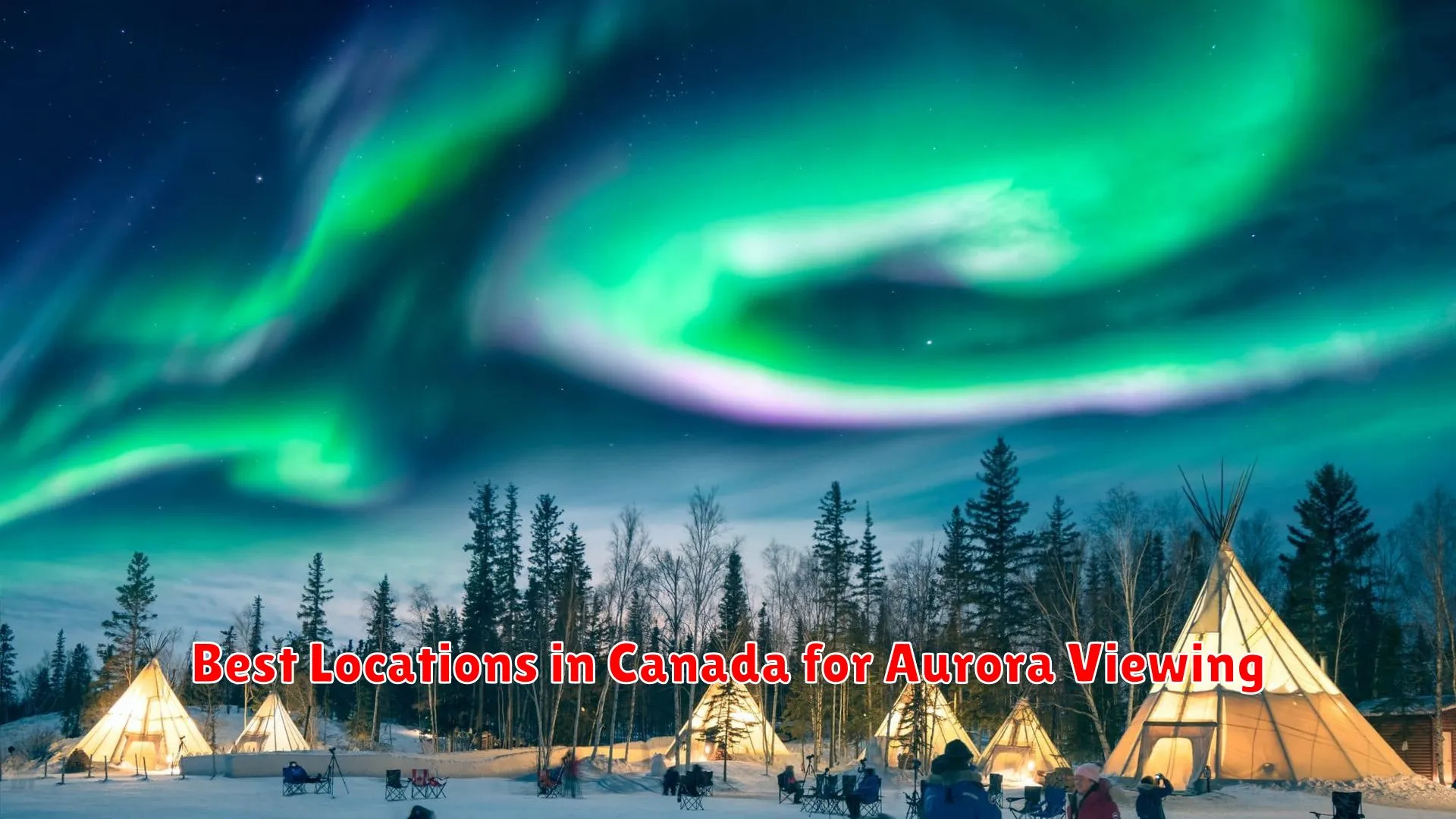
When it comes to witnessing the mesmerizing beauty of the Northern Lights, Canada offers some exceptional locations that provide the perfect backdrop for this natural phenomenon. Below are some of the best locations in Canada to catch a glimpse of the Aurora Borealis:
1. Yellowknife, Northwest Territories
Yellowknife is renowned as one of the best places in the world to witness the Northern Lights. With its clear skies and minimal light pollution, this city offers a high probability of spotting the Aurora Borealis, especially between late August and mid-April.
2. Churchill, Manitoba
Located directly under the Auroral Oval, Churchill is a prime spot for viewing the Northern Lights. The combination of its northern latitude and relatively stable weather patterns makes it an ideal destination for Aurora hunters.
3. Whitehorse, Yukon
Whitehorse, the capital of Yukon, is another popular destination for experiencing the Northern Lights. Visitors can witness the vibrant dance of colors in the night sky, especially during the winter months when the nights are long and dark.
4. Jasper National Park, Alberta
For those seeking a picturesque backdrop for their Aurora viewing experience, Jasper National Park offers stunning views of the Northern Lights against the backdrop of the Canadian Rockies. The park’s dark skies enhance the visibility of the auroras, creating a magical spectacle.
5. Tuktoyaktuk, Northwest Territories
Tuktoyaktuk, situated on the shores of the Arctic Ocean, is a remote yet rewarding destination for Aurora enthusiasts. The town’s position above the Arctic Circle provides a unique vantage point for witnessing the Northern Lights in all their glory.
Planning Your Aurora Chasing Adventure
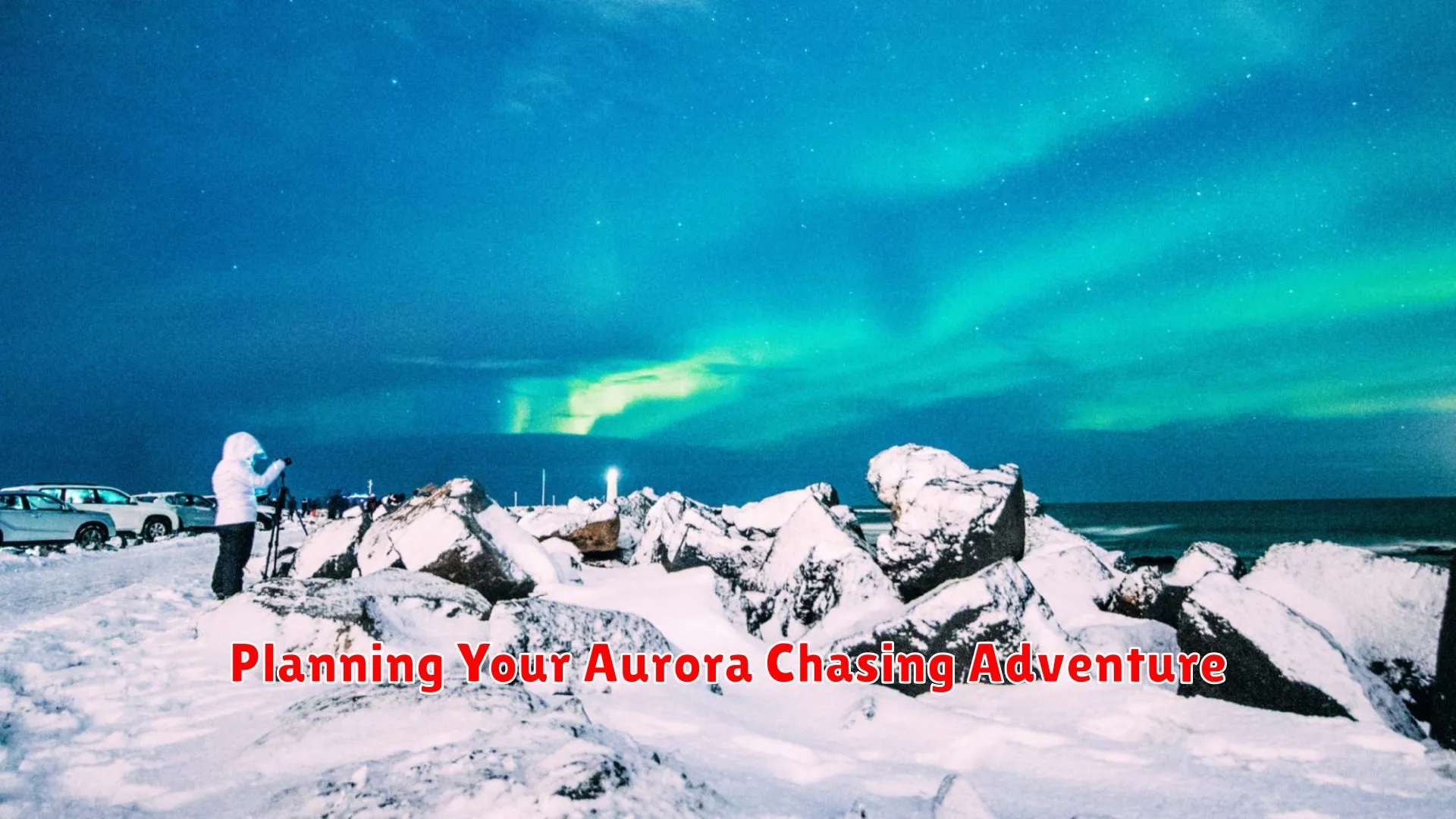
When embarking on a journey to witness the mesmerizing beauty of the Northern Lights in Canada, proper planning is key to enhancing your experience. Here are some essential tips to help you plan your aurora chasing adventure:
Research the Best Locations
Canada is vast, and not all regions offer equally stunning views of the Aurora Borealis. Research and identify the best locations known for their clear skies and frequent aurora sightings, such as Yellowknife in the Northwest Territories, Whitehorse in the Yukon, or Churchill in Manitoba.
Choose the Right Time
Peak aurora viewing season in Canada typically runs from late August to early April. To maximize your chances of witnessing the Northern Lights, plan your trip during these months when the nights are long and the skies are dark.
Monitor Aurora Forecasts
Stay updated with aurora forecast websites or apps to track solar activity and predicted aurora strength in real-time. Opt for nights with high auroral activity for better chances of witnessing vibrant light displays.
Dress for the Occasion
Canadian winters can be harsh, especially in aurora viewing regions. Dress warmly in multiple layers, thermal clothing, gloves, hats, and sturdy winter boots to stay comfortable during long nights spent outdoors.
Stay Patient and Flexible
Weather conditions and aurora activity are unpredictable. Be patient and willing to adapt your plans based on the changing circumstances. Sometimes, the best aurora displays happen when you least expect them.
By meticulously planning your aurora chasing adventure, you can increase your chances of witnessing the magical dance of the Northern Lights in Canada’s dark, star-studded skies.
Photography Tips for Capturing the Northern Lights
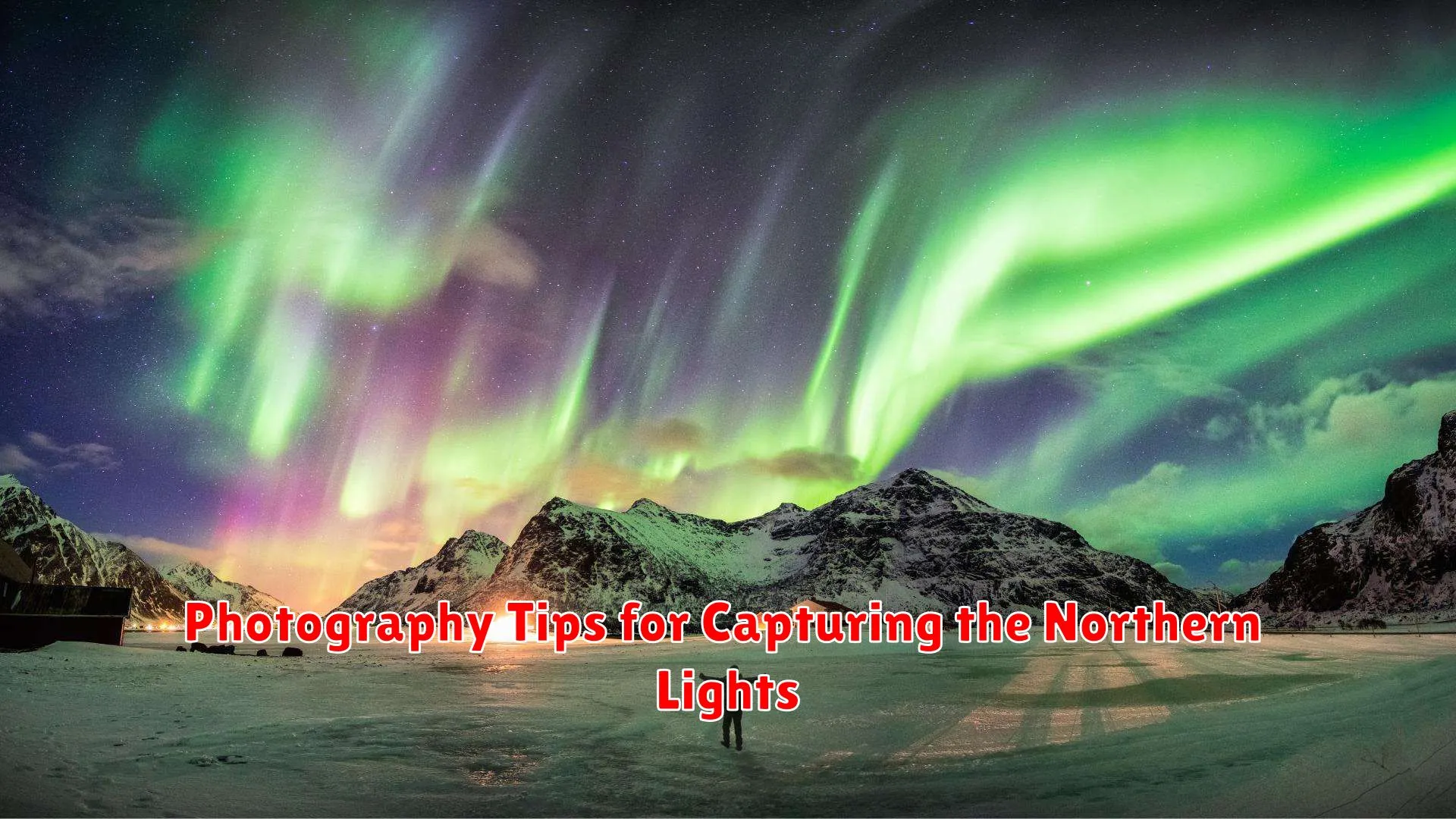
Photographing the mesmerizing beauty of the Northern Lights in Canada can be a truly enchanting experience for both amateur and professional photographers. Here are some valuable tips to help you capture the magical dance of colors in the night sky:
1. Choose the Right Location
Research and select a location with minimal light pollution and a clear view of the northern horizon. Popular spots for viewing the Northern Lights in Canada include Yellowknife in the Northwest Territories and Whitehorse in the Yukon.
2. Time Your Visit
The best time to see the Northern Lights in Canada is during the winter months when the nights are long and dark. Plan your trip between September and April for the highest chances of witnessing this natural phenomenon.
3. Use the Right Equipment
Ensure you have a sturdy tripod to keep your camera steady during long exposures. Use a wide-angle lens with a fast aperture (f/2.8 or wider) to capture more of the night sky and allow for shorter exposure times.
4. Adjust Your Camera Settings
Set your camera to manual mode and adjust the ISO to around 800-1600 for optimal results. Experiment with exposure times between 10-30 seconds to avoid capturing star trails and achieve sharp images of the Northern Lights.
5. Be Patient and Prepared
Photographing the Northern Lights requires patience and flexibility. Be prepared for changing weather conditions and stay out late into the night for the best chances of capturing a stunning display of auroras in the sky.
The Indigenous Legends of the Aurora Borealis
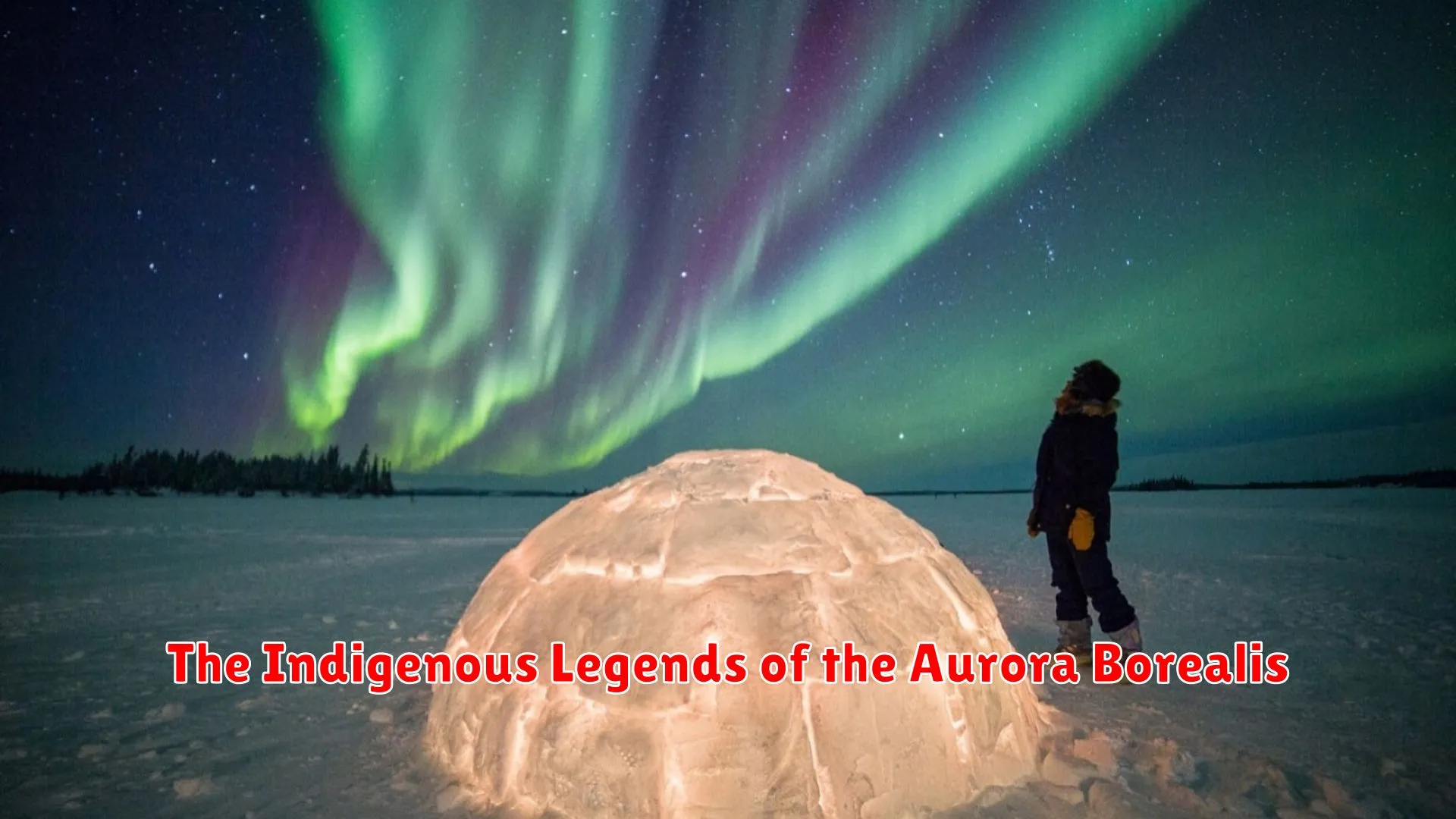
The captivating phenomenon of the Aurora Borealis, also known as the Northern Lights, has been a source of wonder and enchantment for various indigenous communities in Canada for centuries. According to indigenous legends, the dancing colors that light up the night sky are believed to be spirits or ancestors communicating with the living.
Among the indigenous peoples of Canada, there are different stories and interpretations surrounding the Aurora Borealis. For example, the Inuit community sees the lights as a celestial playground for departed souls, while the Cree and Dene peoples view them as a flaming torch guiding the departed to the afterlife. These legends showcase the deep spiritual connection that Indigenous peoples have with the natural world and the skies above.
For indigenous communities, the Aurora Borealis is not just a breathtaking display of light but a cultural symbol deeply intertwined with their beliefs and traditions. It serves as a reminder of the interconnectedness of all living beings and the spiritual realm, highlighting the importance of respecting and preserving the natural environment.
Conclusion
Canada offers breathtaking opportunities to witness the mesmerizing Northern Lights. From Yukon to Alberta, the aurora borealis can be experienced from late August to early April. Plan your trip wisely and prepare to be amazed by nature’s colorful display.
